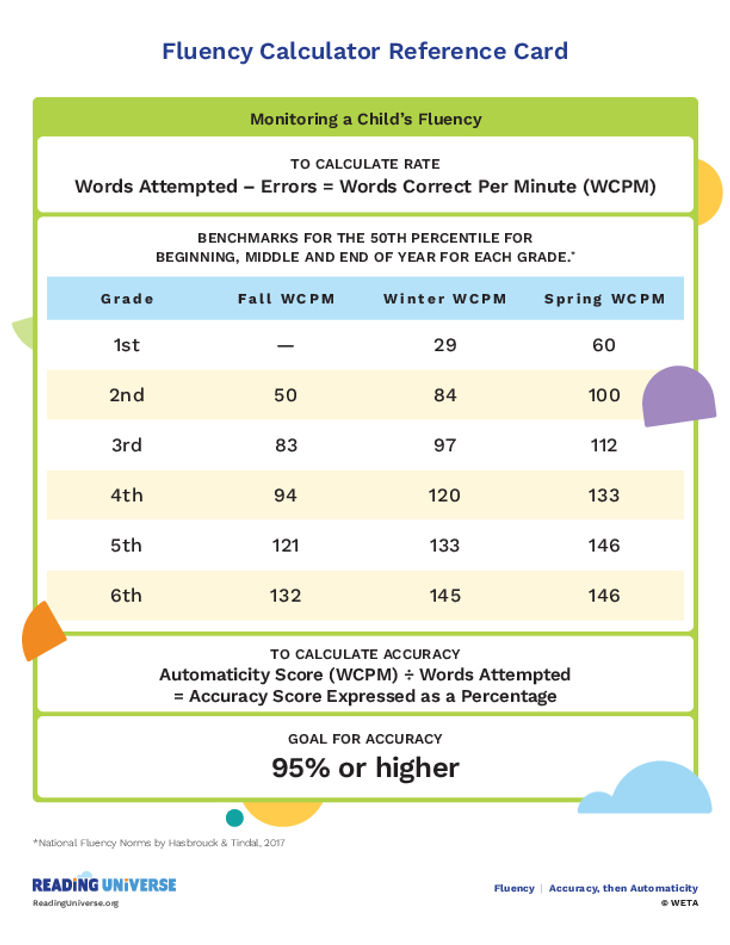
Fluency
Fluency is the ability to read accurately with automaticity and expression. It results largely from the mastery of underlying reading skills. When fluent readers read, they recognize words effortlessly; and this means they can spend their energy on understanding what they're reading. When a child struggles to sound out words, you can hear that they're focused on decoding, likely at the expense of meaning. With more fluency, children typically achieve better comprehension and more enjoyment of reading.
Find everything we have to offer on fluency below.



